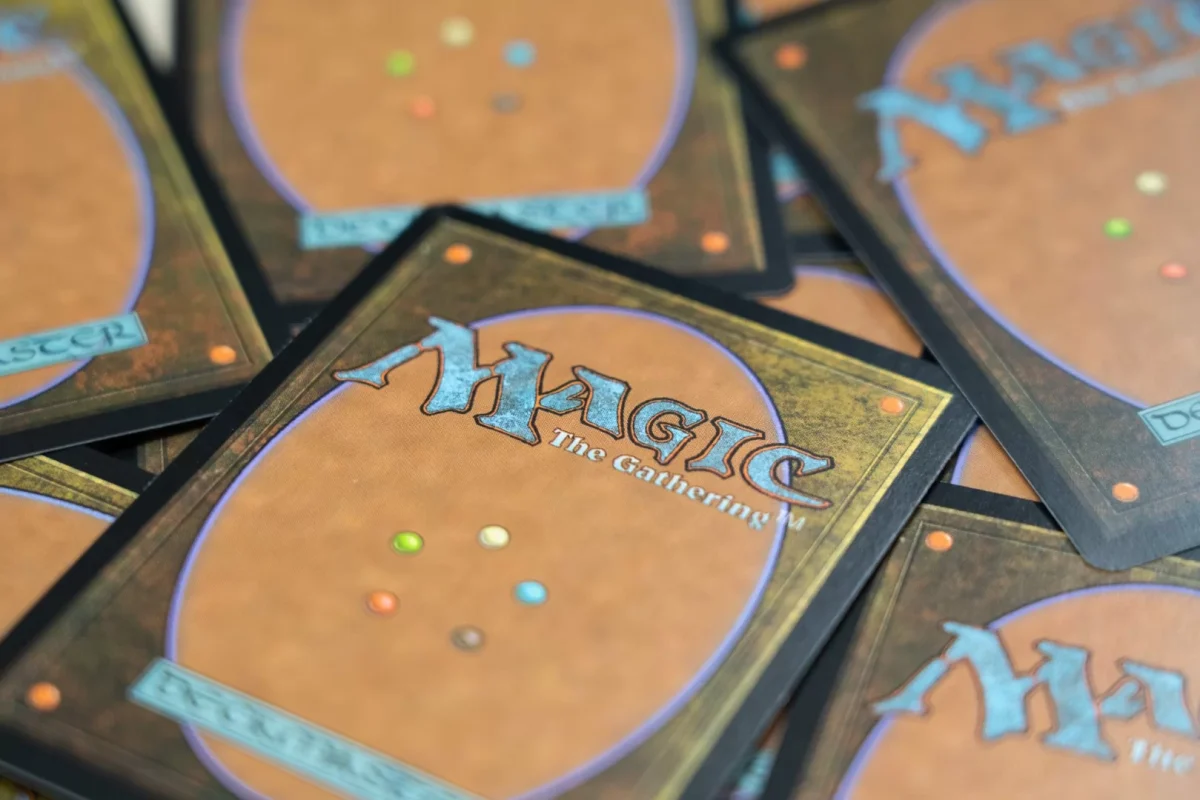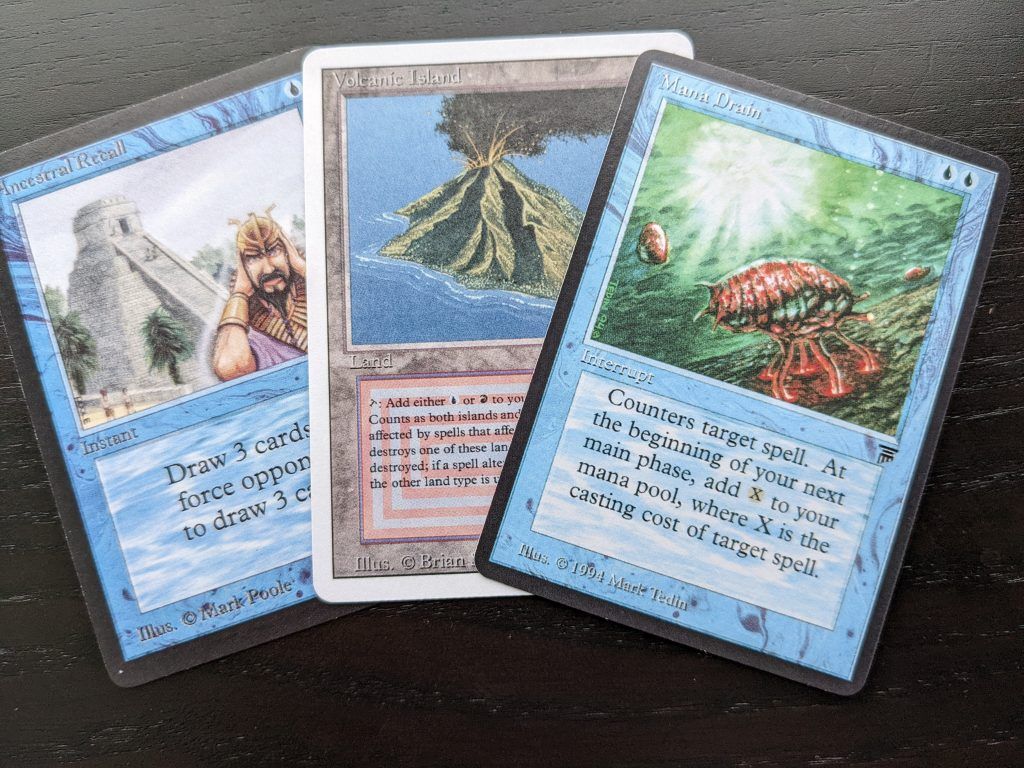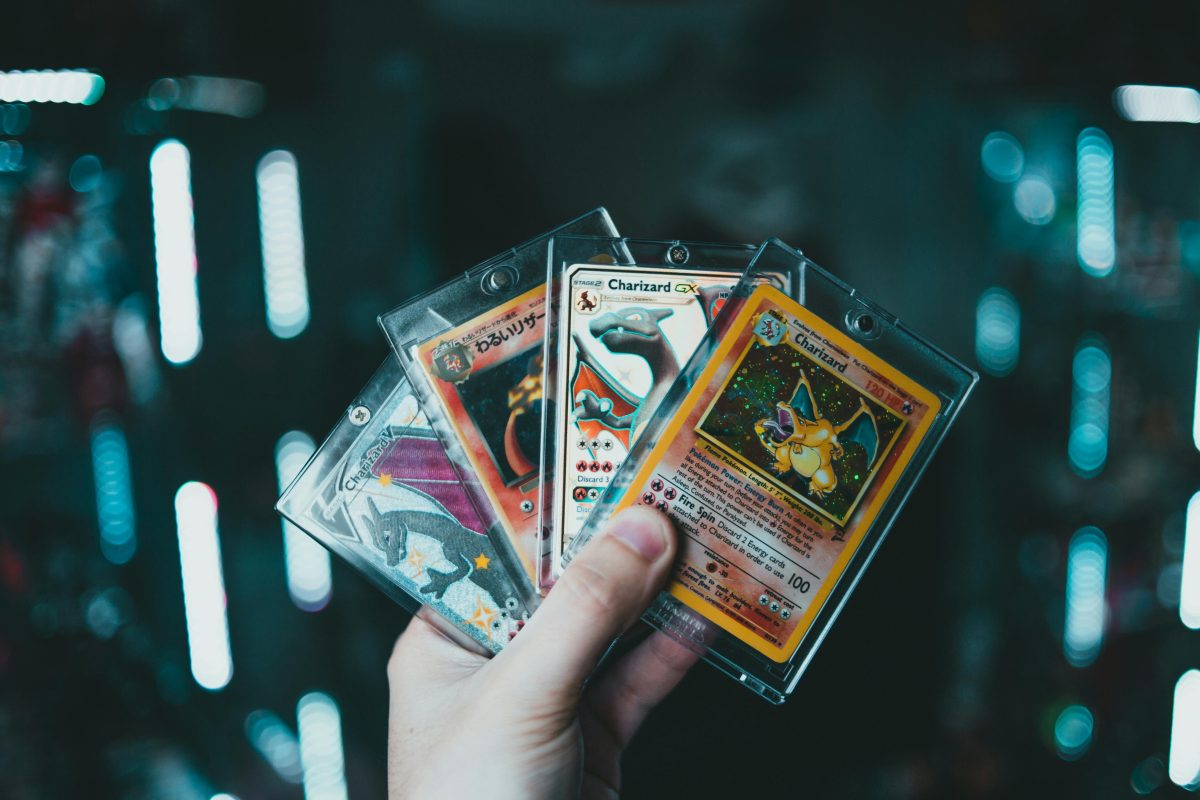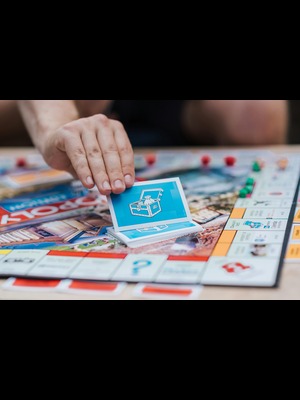For Magic: The Gathering enthusiasts, building a dream deck often comes with a steep price tag. Thankfully, MTGProxy offers a smarter way to enjoy the game—buy MTG proxy cards that look and feel just like the originals, but at a fraction of the cost. If you want to maximize your deck’s potential without emptying your wallet, MTGProxy is the brand you can trust for quality, value, and service.
In the world of Magic, certain cards become legendary for their power and rarity. Unfortunately, these same cards can be prohibitively expensive or hard to find. MTGProxy solves this problem by allowing you to buy mtg proxy cards that serve as perfect stand-ins for the real thing. With MTGProxy, you can complete your deck, test new strategies, or simply enjoy the thrill of playing with iconic cards, all without financial stress.
Why Buy MTG Proxy Cards from MTGProxy?
When you buy MTG proxy cards from MTGProxy, you’re not just getting a substitute—you’re investing in a premium product designed for serious players. Here’s what sets MTGProxy apart:
- Authentic Look and Feel: Each proxy is crafted to closely resemble official MTG cards, ensuring seamless integration into your deck.
- Affordable Pricing: MTGProxy makes it possible to play with your favorite cards without overspending, making Magic accessible to everyone.
- Customization Options: Need a specific card or artwork? MTGProxy offers customization so you can personalize your proxies to match your style.
How MTGProxy Supports Your Magic Journey
MTGProxy isn’t just about selling cards—it’s about supporting the Magic community. Whether you’re a competitive player seeking an edge in playtesting or a casual gamer looking to expand your collection, MTGProxy has you covered. Their proxies are perfect for:
- Playtesting New Decks: Experiment with different combinations before committing to expensive singles.
- Casual and Home Play: Enjoy Magic with friends and family, using proxies to try out rare or banned cards in a relaxed setting.
- Protecting Your Investment: Keep your valuable cards safe at home while using proxies for actual gameplay.
Understanding the Rules Around MTG Proxies
While proxies are a fantastic tool for personal use, remember that official tournaments typically require genuine Magic cards. MTGProxy encourages players to respect event rules and always communicate with opponents about the use of proxies. Transparency ensures a positive experience for everyone involved.
Get Started: Buy MTG Proxy Cards Today
Ready to take your Magic game to the next level? MTGProxy makes it easy to buy mtg proxy cards that meet your needs. With a reputation for quality and customer satisfaction, buy MTG Proxy is the preferred choice for players who want the best of both worlds—affordability and authenticity.
Don’t let high prices or limited availability hold you back from building the deck of your dreams. Visit MTGProxy and discover how easy it is to buy mtg proxy cards that open up new possibilities for your Magic: The Gathering experience.
 Custom Gallery
Custom Gallery Proxy Booster
Proxy Booster Discord
Discord







